brutalformelo
Driving myself insane for love.
- Joined
- May 13, 2025
- Messages
- 39
- Time Online
- 7h 47m
- Reputation
- 74
(its over)
Endocrine disruptors are one of the most pervasive environmental factors behind declining testosterone levels across populations. These compounds hijack/block normal hormonal signaling, particularly in the 'hypothalamic pituitary gonadal' (HPG) axis, leading to measurable drops in circulating testosterone. The result isn’t just reproductive dysfunction it translates into reduced muscle retention, higher fat mass, diminished motivation, worse sleep, and an overall looksmin.
Here's a list of 10 most prevalent endocrine disruptors, how to avoid them, and how worried you should be about them.
1. Bisphenol A (BPA)
Found in plastics, soda can linings (you shouldn't be drinking soda anyway jfl), can linings and receipts
Mimics estrogen and disrupts reproductive health.
Avoidance tips: Choose BPA free containers, and don't touch receipts (jfl).
Overall Concern: 8/10
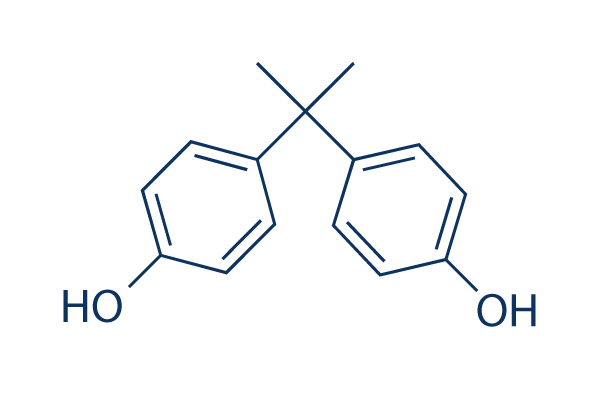
Mimics estrogen and disrupts reproductive health.
Avoidance tips: Choose BPA free containers, and don't touch receipts (jfl).
Overall Concern: 8/10

2. Phthalates
Common in soft plastics and many personal care products, especially products with fragrances.
Linked to testosterone disruption and reproductive development issues.
Avoidance tips: Look for “phthalate free” or “fragrance free” on labels, and avoid microwaving food in plastic (literally nuking and infusing your food with plastic)
Overall Concern: 9/10
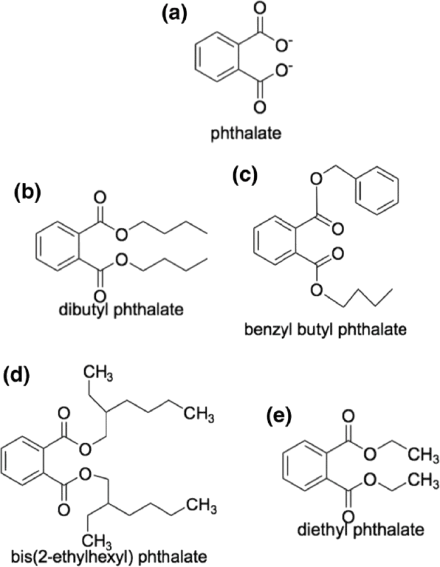
Linked to testosterone disruption and reproductive development issues.
Avoidance tips: Look for “phthalate free” or “fragrance free” on labels, and avoid microwaving food in plastic (literally nuking and infusing your food with plastic)
Overall Concern: 9/10

3. PFAS (“Forever Chemicals”)
Found in nonstick cookware, water resistant fabrics, and fast food wrappers.
Hard to remove from body once entered (forever chemical), potentially impacting thyroid and liver function.
Avoidance tips: Use stainless steel or cast iron cookware, and limit fast food (you should be anyway)
Overall Concern: 10/10 (They quite literally don't leave your body)
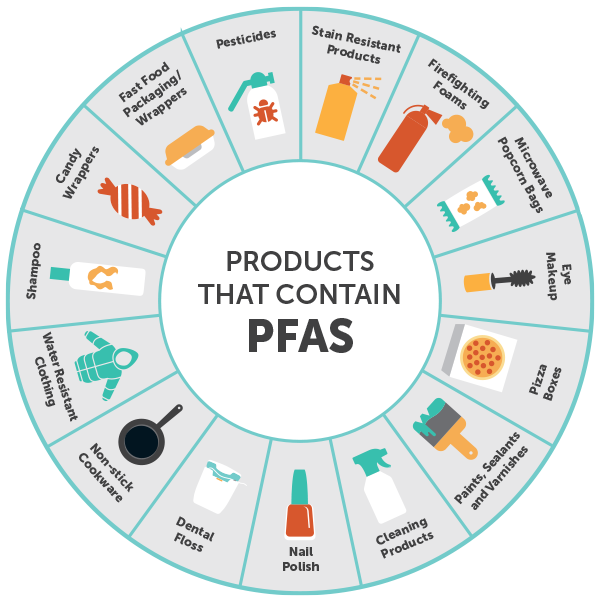
Hard to remove from body once entered (forever chemical), potentially impacting thyroid and liver function.
Avoidance tips: Use stainless steel or cast iron cookware, and limit fast food (you should be anyway)
Overall Concern: 10/10 (They quite literally don't leave your body)

4. Polychlorinated Biphenyls (PCBs)
Despite being banned banned, they remain in the environment and accumulate in the food chain.
Disrupt thyroid hormones and immune function.
Avoidance tips: Chose high quality meats (grass fed, etc)
Overall Concern: 6/10
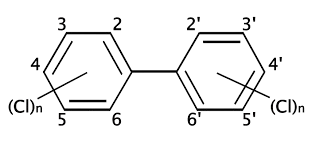
Disrupt thyroid hormones and immune function.
Avoidance tips: Chose high quality meats (grass fed, etc)
Overall Concern: 6/10

5. Dioxins
Industrial byproducts, from combustion and waste incineration.
Harm multiple hormonal systems and can affect reproduction and immunity.
Avoidance tips: Don't eat a diet thats extremely high in animal fats.
Overall Concern: 8/10
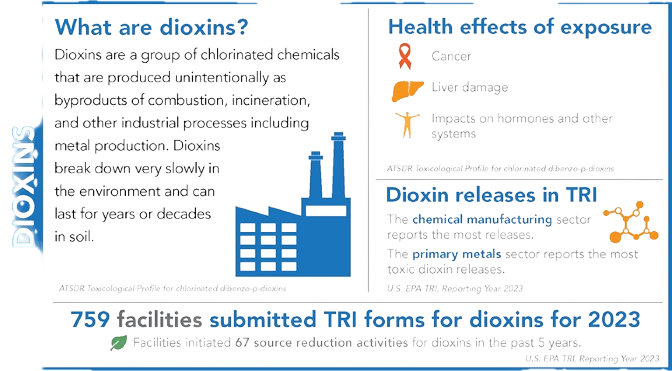
Harm multiple hormonal systems and can affect reproduction and immunity.
Avoidance tips: Don't eat a diet thats extremely high in animal fats.
Overall Concern: 8/10

6. Organophosphate and Organochlorine Pesticides
Widely used in agriculture.
Linked to neurodevelopmental and endocrine problems.
Avoidance tips: Wash produce thoroughly, choose organic foods, try to get foods from local farms/markets (should be doing this anyway)
Overall Concern: 8/10
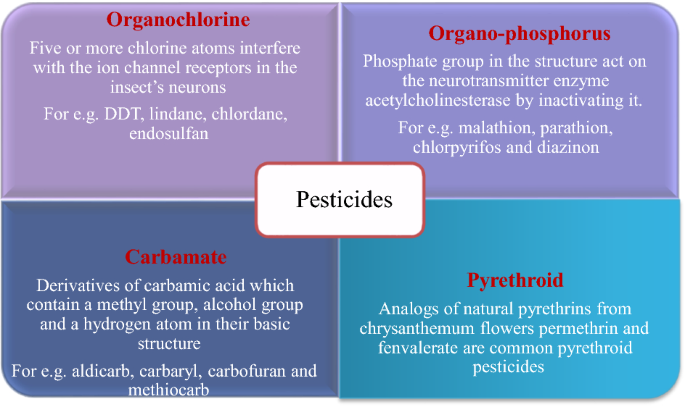
Linked to neurodevelopmental and endocrine problems.
Avoidance tips: Wash produce thoroughly, choose organic foods, try to get foods from local farms/markets (should be doing this anyway)
Overall Concern: 8/10

7. Atrazine
A common herbicide in the U.S.
Associated with hormone disruption, particularly reproductive hormones.
Avoidance tips: Filter water and try to get foods from local farms/markets (should be doing this anyway)
Overall Concern: 8/10

Associated with hormone disruption, particularly reproductive hormones.
Avoidance tips: Filter water and try to get foods from local farms/markets (should be doing this anyway)
Overall Concern: 8/10

8. Glycol Ethers
Found in cleaning products, paints, and cosmetics.
Linked to reduced fertility and developmental effects.
Avoidance tips: Use a mask/avoid harsh cleaning products altogether
Overall Concern: 5/10
Linked to reduced fertility and developmental effects.
Avoidance tips: Use a mask/avoid harsh cleaning products altogether
Overall Concern: 5/10
9. Perchlorate
A contaminant often found in drinking water and some foods.
Disrupts thyroid function by interfering with iodine uptake.
Avoidance tips: Filter water (you should be doing this), consider buying a double osmosis filter
Overall Concern: 5/10
Disrupts thyroid function by interfering with iodine uptake.
Avoidance tips: Filter water (you should be doing this), consider buying a double osmosis filter
Overall Concern: 5/10
10. Flame Retardants (PBDEs)
Found in furniture, electronics, and even dust.
Can impair brain development and thyroid function.
Avoidance tips: Vacuum regularly with good filters, wash hands regularly.
Overall Concern: 7/10

Can impair brain development and thyroid function.
Avoidance tips: Vacuum regularly with good filters, wash hands regularly.
Overall Concern: 7/10

Endocrine disruptors are everywhere: plastics, food packaging, personal care products, cleaning supplies, and even dust.
Completely avoiding them isn’t realistic, but reducing exposure wherever possible can make a difference.
Key strategies: eat whole, unprocessed foods, avoid unnecessary plastic, filter drinking water, and choose safer household products.
Thanks for reading my first thread, hopefully I can make more informative content
Completely avoiding them isn’t realistic, but reducing exposure wherever possible can make a difference.
Key strategies: eat whole, unprocessed foods, avoid unnecessary plastic, filter drinking water, and choose safer household products.
Thanks for reading my first thread, hopefully I can make more informative content


